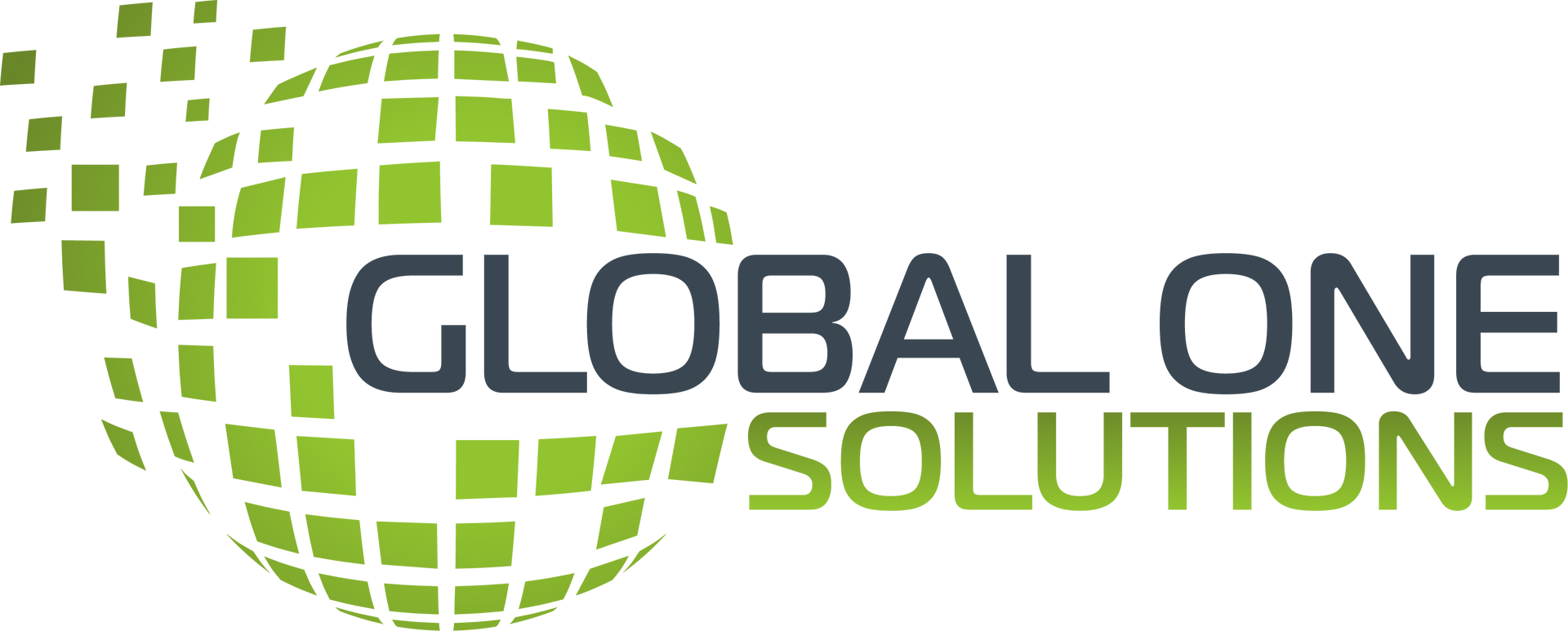
Reducing Cost Overruns on IT Projects: Strategies for Success
The Challenge of IT Project Cost Overruns

In the ever-evolving landscape of information technology, businesses face the constant challenge of delivering IT projects on time and within budget. Cost overruns on IT projects can have serious financial consequences for organizations and damage their reputation. To help you avoid these pitfalls, we've compiled a comprehensive guide with effective strategies for reducing cost overruns on IT projects.
1. Comprehensive Project Planning: Laying the Foundation for Success
A well-crafted project plan is the first step towards controlling costs in IT projects. It is essential to outline the project's objectives, scope, timeline, and budget before embarking on any work. A comprehensive plan should include:
- Clearly defined goals: Clearly articulate the project's objectives and success criteria to ensure all stakeholders are on the same page.
- Detailed scope: Clearly define the project's scope, including any necessary tasks, resources, and milestones to avoid scope creep.
- Realistic timeline: Establish a realistic timeline with deadlines for each phase of the project, taking into account potential delays and contingencies.
- Accurate budget estimation: Accurately estimate the project's budget, factoring in all necessary expenses, such as personnel, hardware, software, and any unforeseen costs.
2. Effective Project Management: Ensuring Smooth Execution
Effective project management is crucial for minimizing cost overruns in IT projects. Employing experienced project managers and adopting proven project management methodologies, such as Agile or Waterfall, can help ensure that projects run smoothly and remain on budget. Key aspects of effective project management include:
- Regular monitoring and reporting: Monitor project progress and performance regularly to identify and address any issues or delays promptly.
- Effective communication: Establish clear lines of communication between team members, stakeholders, and decision-makers to ensure everyone is aligned and informed.
- Risk management: Identify, analyze, and manage potential risks to minimize their impact on the project's timeline and budget.
- Change control: Implement a formal change control process to handle any requested changes to the project scope, timeline, or budget without causing major disruptions.
3. Resource Management: Optimizing Workforce and Assets
Efficient resource management is key to preventing cost overruns in IT projects. This includes properly allocating resources, such as personnel, equipment, and software, to ensure the project stays on schedule and within budget. To optimize resource management, consider the following strategies:
- Skillful resource allocation: Assign the right personnel to the right tasks, ensuring that each team member's skills and expertise are utilized effectively.
- Cost-effective resource utilization: Optimize the use of resources, such as hardware and software, to minimize expenses and maximize efficiency.
- Continual resource monitoring: Track resource usage and availability throughout the project's duration to address any shortages or inefficiencies quickly.
4. Quality Assurance and Testing: Mitigating Risks and Preventing Costly Rework
Implementing rigorous quality assurance and testing processes can help identify and resolve issues before they lead to costly rework and delays. By investing in thorough testing and validation, organizations can minimize the risk of cost overruns due to unforeseen problems. Quality assurance and testing strategies include:
- Systematic testing: Develop a systematic testing plan that covers all aspects of the project, including functional, performance, and security testing.
- Continuous integration: Employ continuous integration tools and practices to catch and resolve issues early in the development process.
- Peer reviews and inspections: Conduct regular peer reviews and inspections of code and other project deliverables to ensure quality and adherence to standards.
- Automated testing: Leverage automated testing tools to streamline the testing process and reduce the risk of human error.
5. Stakeholder Engagement: Ensuring Alignment and Collaboration Active
Stakeholder engagement is crucial for preventing cost overruns in IT projects. By involving stakeholders throughout the project's lifecycle, organizations can ensure that expectations are aligned, and any potential issues are addressed promptly. Key stakeholder engagement strategies include:
- Regular status updates: Provide stakeholders with regular updates on project progress, risks, and any changes to the scope, timeline, or budget.
- Transparent communication: Foster open and transparent communication between stakeholders, project managers, and team members to create a collaborative environment.
- Inclusive decision-making: Involve stakeholders in key decision-making processes, such as change requests, to ensure their input is considered and their concerns are addressed.
- Feedback and evaluation: Solicit stakeholder feedback throughout the project and incorporate their insights to refine and improve the project's outcomes.
6. Training and Development: Building a Skilled and Capable Team
Investing in the training and development of project team members is essential for ensuring the successful delivery of IT projects. By equipping team members with the necessary skills and knowledge, organizations can minimize the risk of cost overruns due to inefficient or unskilled work. Strategies for promoting training and development include:
- Skill assessments: Evaluate team members' skills and identify any gaps that may impact project success.
- Targeted training programs: Implement targeted training programs to address skill gaps and improve overall team performance.
- Mentoring and coaching: Provide team members with access to experienced mentors and coaches who can guide them through challenging tasks and help them develop their skills.
- Continuous learning opportunities: Encourage team members to pursue ongoing learning opportunities, such as conferences and workshops, to stay up-to-date with industry trends and best practices.
Conclusion: Reducing Cost Overruns on IT Projects for Long-Term Success
Cost overruns on IT projects can be detrimental to an organization's bottom line and reputation. By implementing the strategies outlined in this article, organizations can significantly reduce the likelihood of cost overruns and ensure the successful delivery of their IT projects. By focusing on comprehensive project planning, effective project management, resource management, quality assurance, stakeholder engagement, and training and development, businesses can optimize their IT project outcomes and achieve long-term success.
FAQ:
1. What are the primary causes of cost overruns in IT projects?
The primary causes of cost overruns in IT projects include poor planning, inadequate project management, scope creep, inefficient resource management, insufficient quality assurance and testing, lack of stakeholder engagement, and skill gaps among team members.
2. How can I prevent scope creep in IT projects?
To prevent scope creep, start by defining the project scope clearly and in detail, including all tasks, resources, and milestones. Establish a formal change control process to handle any requested changes to the project scope without causing major disruptions. Communicate regularly with stakeholders to manage expectations and ensure everyone is aligned on the project's objectives and boundaries.
3. What are some effective project management methodologies for reducing cost overruns in IT projects?
Agile and Waterfall are two popular project management methodologies that can help reduce cost overruns in IT projects. Agile is a flexible, iterative approach that emphasizes collaboration, adaptability, and incremental progress, while Waterfall is a more traditional, linear approach that focuses on thorough planning and sequential execution. Both methodologies have their strengths, and the choice depends on the specific needs and context of the project.
4. How can I ensure quality assurance and testing processes are effective in preventing cost overruns?
Implement systematic testing plans that cover all aspects of the project, including functional, performance, and security testing. Employ continuous integration tools and practices to catch and resolve issues early in the development process. Conduct regular peer reviews and inspections of code and other project deliverables to ensure quality and adherence to standards. Leverage automated testing tools to streamline the testing process and reduce the risk of human error.
5. What are some strategies for optimizing resource management in IT projects?
To optimize resource management, skillfully allocate resources by assigning the right personnel to the right tasks, ensuring each team member's skills and expertise are utilized effectively. Optimize the use of resources, such as hardware and software, to minimize expenses and maximize efficiency. Continually monitor resource usage and availability throughout the project's duration to address any shortages or inefficiencies quickly.






MENU
GET IN TOUCH
(833) 314-5623
info@globalonesolutions.co
923 Haddonfield Rd
Suite 300
Cherry Hill, NJ 08002
STAY CONNECTED

All Rights Reserved | Global One Solutions | Powered by Mahogany Sites.

